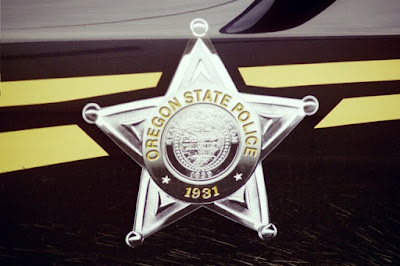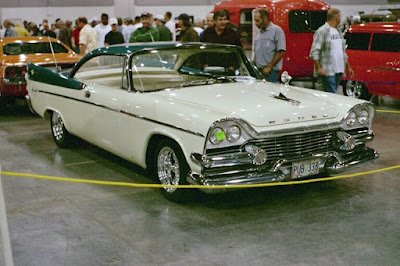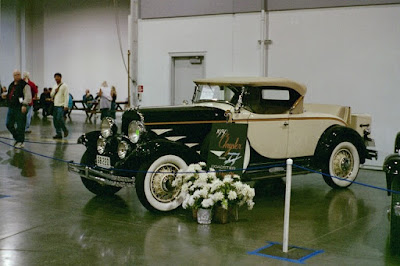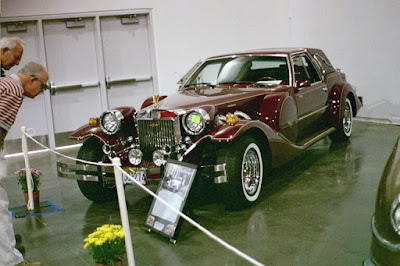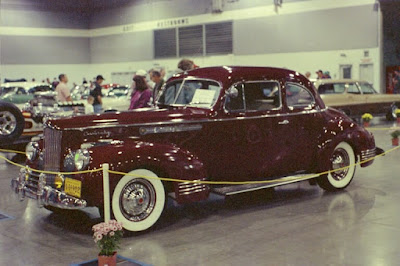The Ford Crown Victoria was redesigned for 1998, and in 1999 the P71 police package became officially known as the Police Interceptor. In 2001, the slatted grille of the standard Crown Victoria was replaced on the Police Interceptor with a honeycomb grille with a floating Ford oval. The Police Interceptor also received the "Performance Improved" 4.6-liter dual-valve V8 producing 235 horsepower and 265 foot-pounds of torque, along with a new rear differential and a more powerful alternator. The 2002 models were virtually identical to the 2001s.
The Oregon State Police introduced this dark blue paint scheme around the year 2000, replacing the previous black and white livery dating back to around 1995. This new paint scheme would have a long run, lasting until a new silver paint scheme was introduced in late 2017.
This Oregon State Police Ford Crown Victoria Police Interceptor is a 2001 or 2002 model that was photographed in Rainier, Oregon, around October of 2003.

